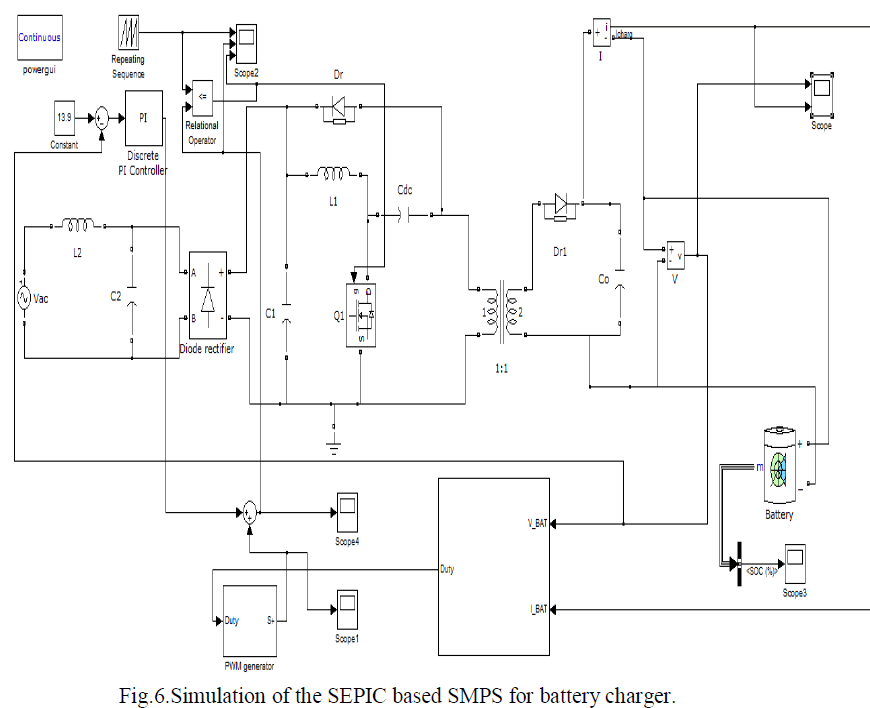

Mutually exclusive splicing generates alternative isoforms by retaining only one exon of a cluster of neighbouring internal exons in the mature transcript and is a sophisticated way to modulate protein function (Letunic et al, 2002 Meijers et al, 2007 Pohl et al, 2013 Tress et al, 2017a). Five types of alternative splicing have been identified to contribute to most mRNA isoforms, which are differential exon inclusion (exon skipping), intron retention, alternative 5′ and 3′ exon splicing, and mutually exclusive splicing (Blencowe, 2006 Pan et al, 2008 Wang et al, 2008 Nilsen & Graveley, 2010). High‐throughput studies suggested that not only 95–100% of all multi‐exon genes in human are affected (Pan et al, 2008 Wang et al, 2008 Gerstein et al, 2014) but also that alternative splicing patterns strongly diverged between vertebrate lineages implying a pronounced role in the evolution of phenotypic complexity (Barbosa‐Morais et al, 2012 Merkin et al, 2012). Finally, MXEs are significantly enriched in pathogenic mutations and their spatio‐temporal expression might predict human disease pathology.Īlternative splicing of pre‐messenger RNAs is a mechanism common to almost all eukaryotes to generate a plethora of protein variants out of a limited number of genes (Matlin et al, 2005 Nilsen & Graveley, 2010 Lee & Rio, 2015). More than 82% of the MXE clusters are conserved in mammals, and five clusters have homologous clusters in Drosophila.

The data provide strong evidence for the existence of large and multi‐cluster MXEs in higher vertebrates and offer new insights into MXE evolution. Here, we provide evidence for the expression of over 855 MXEs, 42% of which represent novel exons, increasing the annotated human mutually exclusive exome more than fivefold. In order to obtain a first genomewide estimate of the extent and biological role of mutually exclusive splicing in humans, we predicted and subsequently validated mutually exclusive exons ( MXEs) using 515 publically available RNA‐Seq datasets. Mutually exclusive splicing of exons is a mechanism of functional gene and protein diversification with pivotal roles in organismal development and diseases such as Timothy syndrome, cardiomyopathy and cancer in humans.


 0 kommentar(er)
0 kommentar(er)
